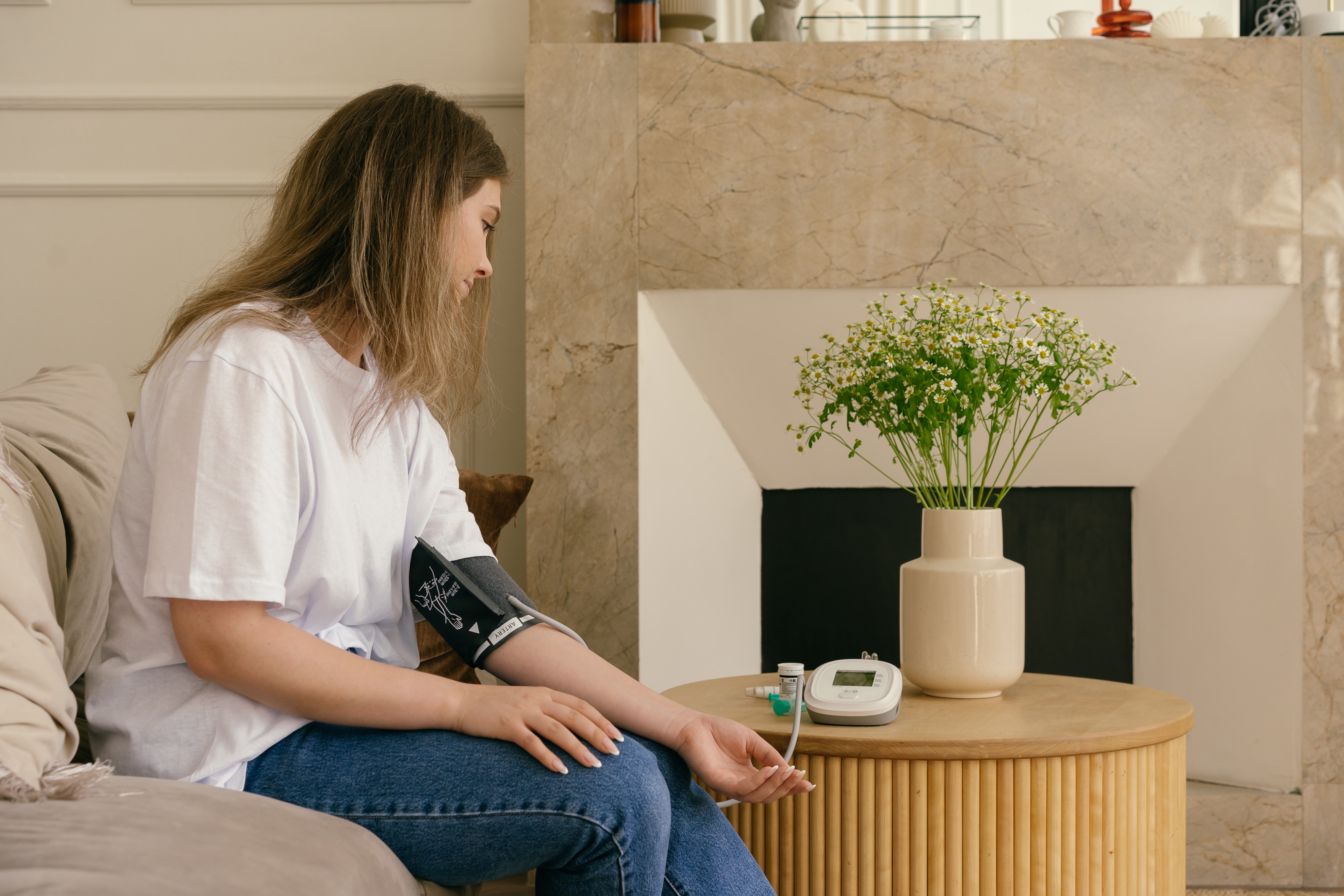Featured in USA Today: Reperio is revolutionizing annual checkups | Click here to learn more
Featured in USA Today: Reperio is revolutionizing annual checkups | Click here to learn more

America’s non-exempt employees — hourly-paid workers and contractors, including maintenance, service and technical employees — put their own health at risk to care for Americans during the height of the Covid-19 pandemic in 2020 and 2021.
But are organizations doing enough to care for non-salaried workers, and ensure they have equal access to the resources, services and preventive care they need to maintain their own health and wellbeing?
This question is an important one right now, considering that non-exempt employees may be more likely to have health risk factors such as elevated BMI and high blood pressure, which are associated with high healthcare costs and emergent care. And the financial impact of avoiding preventive care isn’t just felt by patients — it’s also felt by employers.
The time is now to do our part to change this dynamic and do more to equalize care for all workers, regardless of workplace setting or compensation structure. Here’s how:
Enhance employee experience by focusing on ease and convenience. At-home health screening kits, like Reperio’s, achieve this goal by providing a low-cost, convenient way for consumers to measure blood pressure, weight, cholesterol and other biometric data, which can be analyzed and leveraged to generate personalized health recommendations. This eliminates the need to travel to the doctor’s office or lab, making it easy for workers to choose a time and place that works for them.
Offering other health-centered benefits that workers can engage with anytime, anywhere — such as behavioral telehealth benefits or streaming media exercise classes — shows employees that they are valued, while helping them to stay healthy. On-site exercise classes or snacks are great for employees who work in-person, but finding benefits that everyone can use is a way to make all employees feel included.
Money is a motivator. A $100 stipend to encourage flu/COVID vaccinations, or compensation for annual wellness visits, for example, can give that extra nudge for employees to engage in their health. Well-designed rewards programs are effective, too. Offering a $50 gift card for participating in a six-week healthy eating/fitness challenge with a registered dietician incentivizes workers to get moving and earn cash. In a 2020 study of workplace wellness incentives, larger incentives were associated with higher odds of participating in biometric screenings (2% higher for every $25).
Non-salaried workers are less likely to have employer health insurance than their full-time-employed counterparts and may avoid routine checkups because of the lack of paid time off (or childcare). Brainstorming ways with workers to address — and lessen — these challenges will help and also increase job satisfaction.
Encourage workers to talk to their managers if they’re having trouble making time for preventive care. There may be a way to shift hours or responsibilities.
Salaried workers aren’t the only individuals who need to take time for preventive care and wellness. By easing access to care, and offering convenient solutions, employers can expect to see a measurable difference in job satisfaction, outcomes and cost savings.